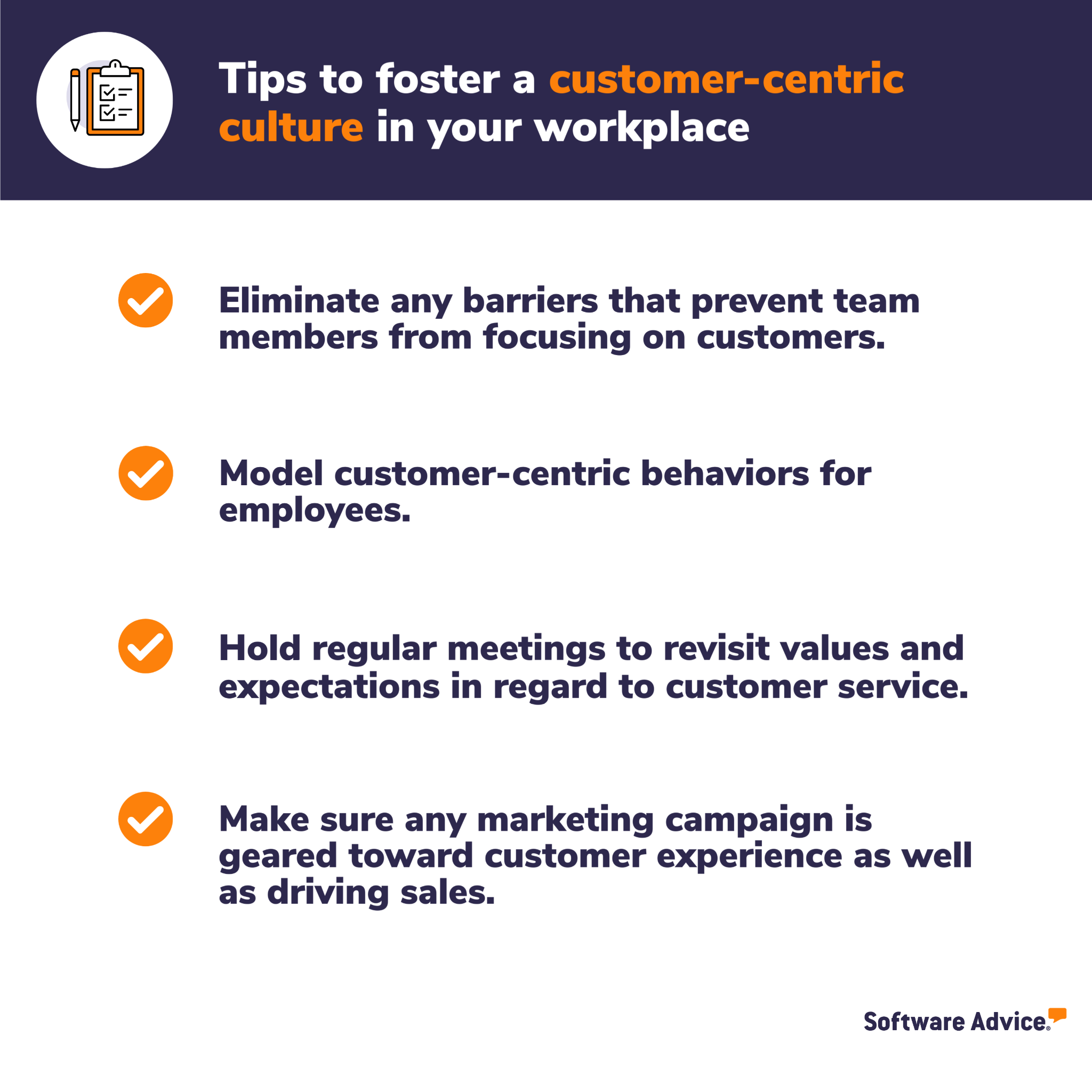3 Customer Service Coaching Tips to Lead Your Team to Success
A grocery store deli special-ordering cheese for a homesick customer. An online shoe store offering a listening ear to lonely shoppers. And–pass the tissues–a pet supply company surprising customers with paintings of their departed companions.
Customer service lends a much-needed human touch to an otherwise transactional relationship. And while you can run your business without a dedicated customer service team, it’s in your best interest as a small-business leader to foster a culture of excellent customer service so that when customers are given a choice between you and a competitor, they choose you every time.
How do you get there? Through customer service coaching. Whether you’re a customer service manager or a small-business leader looking to develop a customer service training program, these effective coaching tips will help you lead your employees to success.
Tip #1: Prioritize soft skills
Customer service skills can be described as 10% hard skills and 90% soft skills. Hard skills refer to product or technical knowledge, while soft skills refer more broadly to one’s interpersonal skills, such as time management, problem solving, and communication.
Eighty-six percent of human resources professionals surveyed in an HR Research Institute study agreed that soft skills are more important to long-term success.

(Source)
But because soft skills are harder to measure and not job-specific, they’re often given short shrift in training.
Prioritizing development of your employees’ soft skills as they pertain to customer service can look like the following:
Teaching agents to pause before they ask or respond to a question, which helps them develop better listening skills. You can also teach an agent to repeat a question back to a customer to ensure they heard them correctly.
Practicing conflict resolution—an important skill for customer service reps who are often put on the spot. The ability to think on one’s feet and offer a solution can make the difference between a loyal customer and a lost customer.
Building employees’ understanding of and sensitivity towards racial, sexual, cultural, and other differences. This is called cultural awareness training, and it can help minimize unconscious bias, improve the quality of customer interactions, prevent customer frustration, and increase customer satisfaction.
You can practice these skills in group activities, or discuss them one-on-one with each team member. Either way, soft-skill development should be an ongoing process, which leads us to our next tip: Always be ~closing~ training.
Tip #2: Always train (and track agent performance)
Whether a customer service representative has been around one month or one year, training and development should be ongoing. Why? Because routine training refreshes customer service skills to keep reps at their best.
Here are a few ways to implement an ongoing training program for your customer service team:
Regular check-ins. Set aside time every month or quarter to meet with each agent and deliver feedback regarding their performance. Invite their feedback as well–coaching shouldn’t be a one-way street, and doing so could help you to improve each coaching session.
Team building. Working with the public can challenge even the most extroverted customer service reps. Regular team-building exercises can help boost employee engagement and morale. They can also give team members an opportunity to brainstorm strategies as a group, or role play a customer interaction.
Progress tracking. Using a metric such as customer satisfaction score (CSAT) can help you evaluate whether your coaching plan is driving results, or whether it may need revisiting. Tracking progress can also give your team opportunities to celebrate the reaching of key performance indicators (KPIs).
It’s also a good idea to touch base with your customer service team in response to ongoing events that might impact their interactions with customers–more on that in our next tip.
Tip #3: Keep lines of communication open
The past two years have heightened tensions for those working in customer service. Customers want to know how your business is handling the pandemic, your stance on social justice issues, and why their order has yet to ship. It’s a lot for even the most experienced agent.
Whether dealing with a crisis or not, your team should receive clear guidance from leadership on how to respond to customer inquiries about any number of topics. As a supervisor, you should keep lines of communication open in case they have questions or concerns, and be open to their feedback. Remember that they are the ones dealing with the public firsthand.
Also consider creating employee resource groups (ERGs) for employees to be able to discuss social justice issues amongst themselves. Forty-four percent of employees surveyed in our 2021 Social Justice Response Survey said it’s something they wish their employers would do.
Customer service: it’s everyone’s job
Although the tips we just discussed are geared toward customer service agent coaching, fostering a customer-centric culture amongst the entire team is a great way to prioritize customer experience. See below for some ideas on how to do this:

Four tips to foster a customer-centric culture in your workplace
You can also remind employees that everyone contributes to customer experience, whether they’re public-facing or not. Customer experience extends far beyond a customer’s interaction with those designated by title to assist them.
For more resources, check out our customer relationship management (CRM) hub, a collection of articles and software research about building and maintaining relationships with your customers to grow your business.
Survey methodology
Software Advice 2021 Social Justice Response Survey
The Software Advice Social Justice Response Survey was conducted in July 2021. We collected 487 responses from full- or part-time workers at U.S. businesses with at least five employees. The goal of this survey was to learn employee sentiment about how their employer should respond to social justice issues in the United States.